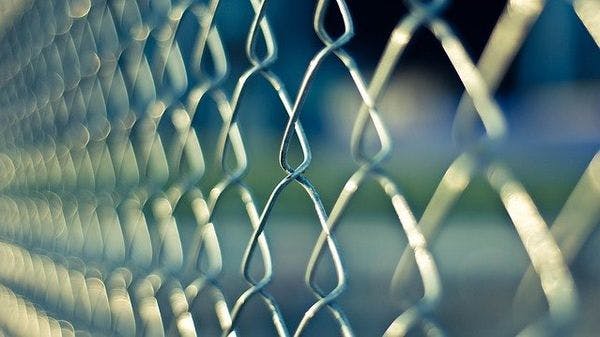Pixabay - Free-Photos
COVID-19 decarceration: The detention centres nobody is talking about
By Giada Girelli / Harm Reduction International
In a mere few weeks, COVID-19 has drastically reshaped our way of living and has brought to light the many limitations of how societies detain and incarcerate people.
With physical distancing in prisons nearly impossible, prisons have rightly become a central topic of conversation. Overcrowded and lacking in basic hygiene and sanitation, they are inadequate to protect the health of prisoners and staff, and are thus reservoirs for the spread of communicable diseases like COVID-19. Approaches to other detention settings, such as immigration or juvenile detention centres, are also being scrutinised.
But there is one detention setting that has been virtually absent from media coverage and policy discussion, despite imposing conditions of detention that are, in some cases, even worse than prison – drug detention and rehabilitation centres.
Drug Detention Centres Operate Around The World
Information on drug detention centres is disturbingly scarce. Over 450,000 people are estimated to be detained in government-run drug treatment facilities in Asia alone – that’s close to half a million people in just one continent, who we have little data about. And this figure doesn’t include private drug treatment and rehabilitation centres which operate around the world, in addition to or instead of public centres.
Most of the people at these drug detention and rehabilitation centres have ended up there involuntarily. Some have been mandated to be ‘rehabilitated’ after a conviction for drug use or drug possession, while others have been detained following mandatory drug testing or as a result of reporting by family members to the authorities
Topics
Regions
Related Profiles
- Talking Drugs
- Harm Reduction International (HRI)
